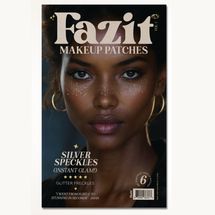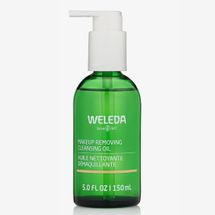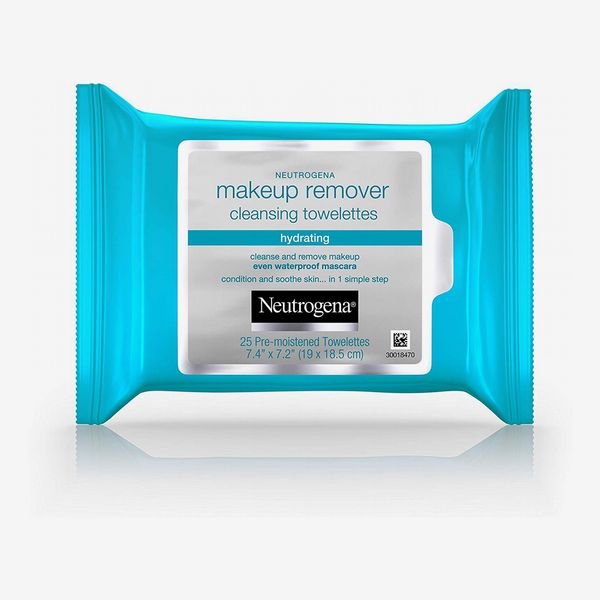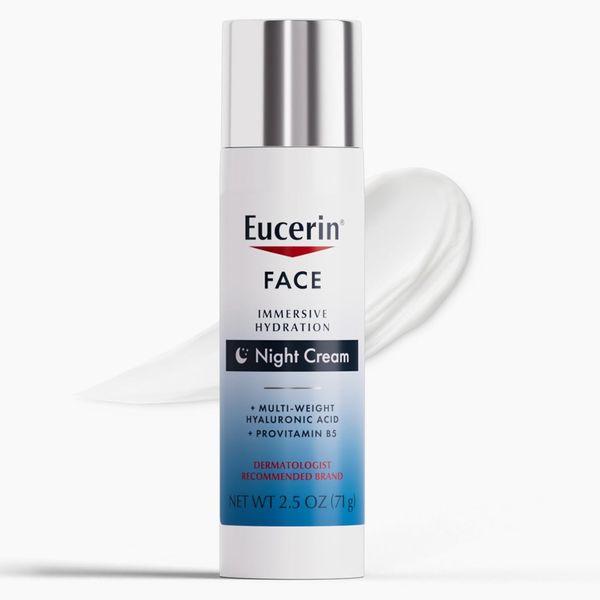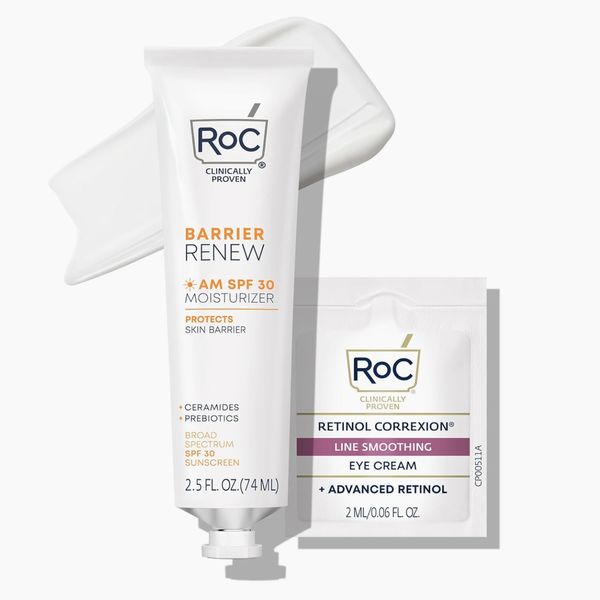
Glitter freckles, Halloween makeup, and more
Few people have the power to jump start a beauty trend, but Taylor Swift can. After she wore glitter-freckle patches to a Chiefs game in early October, Fazit, the company that makes them, reported it sold more than $1 million of product in 48 hours. That means there are approximately 3,500 percent more people sporting glitter freckles this month than last. If you add in Halloween — and its requisite face paint and stick-on gems — that means many people are putting new makeup on their faces right about now. So are we in for an influx of irritation? And are glitter freckles safe for your skin? I’ve got insight from experts below.
What exactly are the Fazit Beauty glitter freckles?
The Fazit Glitter Speckles may be shaped like nose strips and labeled “patches,” but they’re basically fancy temporary tattoos. Company founders Aliett Buttleman and Nina LaBruna say they’re made of the same nontoxic ingredients as child-safe temporary tattoos — including acrylate copolymer, cellulose acetate butyrate, and glycine soja oil — with the addition of some hydrating ingredients. Buttleman and LaBruna created the patches because they found glitter powders and stickers messy and hard to apply. Still, they wanted their product to be better quality than the stick-on tattoos you may remember getting as birthday-party favors back in the day. “Some manufacturers have slight differences, and we chose the one with the best ingredients possible,” Buttleman and LaBruna say.
Are temporary tattoos or glitter freckles safe for skin?
The Fazit glitter speckles and other temporary tattoos are safe as long as you don’t have a condition that disrupts your skin barrier, according to Joshua Zeichner, a board-certified dermatologist. “If your skin is irritated or inflamed from overexfoliation or shaving, or if you have a condition like eczema or rosacea that is flaring, I don’t recommend using a temporary tattoo,” he says. He also recommends skipping face embellishments if you have a history of skin allergies, because “a dye or adhesive in the product may lead to an allergic reaction.”
How do you remove glitter tattoos and face paint?
To remove makeup patches — or any type of temporary tattoo or glitter or gem applied with adhesive — you’ll need oil (coconut oil works well) or an oil-based cleanser. (I’m impressed with Weleda’s new Makeup Removing Cleansing Oil, which has some serious product-dissolving power but is still really gentle.) Start by saturating the area with the oil or cleanser, then rub it in until the design or adhesive dissolves. Add warm water to emulsify and continue massaging until you’ve loosened everything, then rinse well. After that, wash your face as usual. Depending on what type of oil or cleanser you use, you may want to do your final wash with a foaming cleanser to remove any remaining greasiness or leftover bits of the dissolved makeup patch. And if you still have random glitter specks anywhere on your skin, just lift them with adhesive tape.
If you’re wearing face paint for Halloween, remove as much of it as possible with makeup wipes before you do the oil cleansing described above. A few years ago on my podcast, I interviewed Craig Jessup, who was the makeup supervisor for Wicked on Broadway for 15 years, and he said he’s tried tons of makeup wipes and Neutrogena Makeup Removing Fragrance-Free Cleansing Towelettes are the best. He used to buy them in bulk because it took almost a whole pack to get all of Elphaba’s green body makeup off after each performance. But for Halloween face makeup, you’ll probably only need a few.
One final tip if you’re trying any type of new makeup, whether it’s glitter freckles for a football game or Moo Deng makeup for Halloween: Avoid actives like retinol or exfoliating acids in the days beforehand. “These ingredients thin the outer skin layer, making it more sensitive in general,” Zeichner says. And before you apply any specialty makeup, Zeichner suggests shielding yourself from potential irritation by prepping with a moisturizer that contains humectants, emollients, and occlusives. He recommends Eucerin Immersive Hydration Night Cream and RoC Barrier Renew AM Moisturizer. Do that and you’re less likely to be, uh, haunted by redness or flakiness.
Send your questions to [email protected]. (By emailing, you agree to the terms here.)



